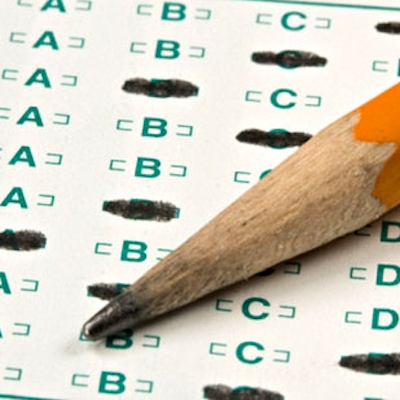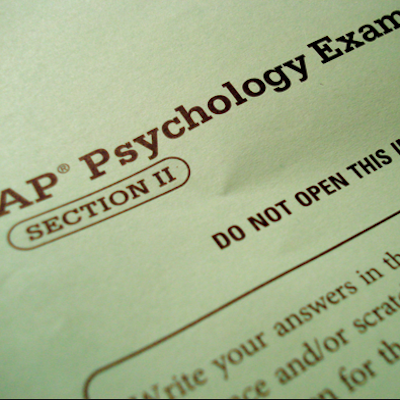It’s All About Education: How Vaccination Affects Schools – and Society
Wednesday, February 25, 2015
Vaccination used to be something that a patient (or his or her parent) decided upon with the guidance of a doctor. It was primarily a medical issue. Today, with the recent outbreak of measles (121 cases in 17 states and the District of Columbia), everyone seems to be talking about immunizations. Several day care centers and preschools have had to close their doors due to concerns about the highly contagious, often life-threatening disease – which is preventable with vaccination. Disneyland had a measles outbreak, and there were exposures in New York’s Penn Station and on the BART in San Francisco. This issue now affects not only our schools, but also our society.
All 50 states require immunization prior to school entry, although children who are medically unable to receive vaccines are exempt with a doctor’s certification. However, 48 states also allow exemptions for religious reasons, and 20 states allow exemptions for personal or philosophical reasons (see map, here). Some states require that exempting parents watch an informational video or have officials sign their exemption request; others simply ask parents to sign a form. A study (on whooping cough, or pertussis) published in the Journal of the American Medical Association in 2006 found that states that granted more immunization exemptions did, in fact, have a higher incidence of infection. As more and more parents choose not to vaccinate their children, either due to religious beliefs or due to personal reasons, “herd immunity” – the process of protecting all of the members of our society by inoculating a critical mass – is breaking down as well. If a growing percentage of our population is not immunized, then there is a greater risk that others – children who are too young to have had their vaccines, or people who are medically fragile to begin with – will contract dangerous, preventable diseases.
Many parents cite a fear of autism as a reason for not vaccinating their children. This stems from a study published in 1998 that linked the MMR (measles, mumps, rubella) vaccine to intestinal problems associated with autism. However, that study was later discredited, and numerous subsequent research studies have found no link between vaccines and autism spectrum disorder (ASD). The fact that many parents first notice ASD symptoms after their child has been immunized is more likely due to the fact that the age at which ASD symptoms first present (12-15 months) coincides with the age at which most children receive their first MMR vaccine. In fact, Rob Ring, the Chief Science Officer of Autism Speaks, the world's leading autism science and advocacy organization, has posted this message on their website: “Over the last two decades, extensive research has asked whether there is any link between childhood vaccinations and autism. The results of this research are clear: Vaccines do not cause autism. We urge that all children be fully vaccinated.”
GET THE LATEST BREAKING NEWS HERE -- SIGN UP FOR GOLOCAL FREE DAILY EBLASTAccording to an analysis of data from 13 states by USA Today, almost one in seven schools – both public and private – has a vaccination rate below 90%, too low to support herd immunity. Even though Rhode Island was the state with the highest vaccination rate among children 19 – 35 months old in 2013, only 82% of them are vaccinated. (Luckily, by Kindergarten, closer to 95% of the schoolchildren in RI have had all recommended immunizations.) Because parents who share similar beliefs tend to live in the same communities, vaccination exemptions tend to cluster. This phenomenon can result in high rates of nonmedical exemptions in individual early childhood centers or schools, even when the overall state exemptions are relatively low.
At least three states (Pennsylvania, Oregon, and Washington) have introduced bills to their legislatures in an attempt to limit the number of nonmedical exemptions to immunization. At the same time, though, other states that currently only allow religious exemptions are considering adding a personal or philosophical exemption option. Meanwhile, most states do not require that vaccinations be up to date for teachers or childcare providers; Colorado and Vermont are considering introducing legislation that would change that.
The United States has a long history of supporting individual rights and freedoms. But what about our collective rights? Many years ago, parents immunized their children not only to protect them, but also to protect others; there was a real sense of civic duty. Due to the efforts of all our citizens, we largely eradicated diseases such as small pox and polio. Should a small percentage of parents now be allowed to put our children at risk? Art Caplan suggests that non-vaccinating parents are potential targets for future lawsuits, writing in the Harvard Law Review: “If you know the dangers of measles or for that matter whooping cough or mumps, and you still choose to put others at risk should you be exempt from the consequences of that choice? I can choose to drink but if I run you over it is my responsibility. I can choose not to shovel the snow from my walk but if you fall I pay. Why should failing to vaccinate your children or yourself be any different?” I don’t think litigation is the answer; instead, no state should permit parents to opt their children out of immunization for personal or philosophical reasons. It’s not good for any of us.
Lauri Lee is an independent consultant with over twenty years of experience in both public and private education, with learners from infants through adults. With experience in teaching, marketing, communications, social media, development, admissions, and technology, she is able to synthesize many of the issues facing our educational system today. She lives in Providence, RI with her family, a big dog, and a small cat. She blogs at http://www.AllAboutEducation.net and you can follow her on Twitter at @fridovichlee.
Related Slideshow: 10 RI State Education Rankings
Related Articles
- It’s All About Education: Student Engagement Leads to Success
- It’s All About Education: Chronic Absenteeism’s Effect on Learning
- It’s All About Education: Making the Dream a Reality
- It’s All About Education: Playing in the Woods Can Help Kids Reach Their Full Potential
- It’s All About Education: What if College Isn’t Necessary
- It’s All About Education: Is it Time for a Slow Education Movement?
- It’s All About Education: The Connection Between Housing and Achievement
- It’s All About Education: Could Text Messaging Make Us Better Parents?
- It’s All About Education: Can Recess Help Children Be More Successful?
- It’s All About Education: Do You Trust Your Child’s Teacher?
- It’s All About Education: It’s About Time
- It’s All About Education: Why Common Core Won’t Help Our Children
- It’s All About Education: Will Charter Schools Fix Our Public School System?
- It’s All About Education: Schools that Harness the Power of Nature
- It’s All About Education: Social Promotion is Not the Problem
- It’s All About Education: Free College Tuition - Why Just Community College?
- It’s All About Education: A Recipe for Disaster - Common Core Standards for Kindergarten
- It’s All About Education: Inequities in the College Admissions Process
- It’s All About Education: Some of Education’s Best Ideas from 2014
- It’s All About Education: The Rise in Kindergarten Readiness Testing
- It’s All About Education: What is an “Excellent” Teacher, Anyway?
- It’s All About Education: Can Universal Preschool Close the Achievement Gap?
- It’s All About Education: How Can We Ensure that Kids Have Great Teachers?
- It’s All About Education: The High Cost of Higher Education
- It’s All About Education: Is the American Dream a Pipe Dream?























